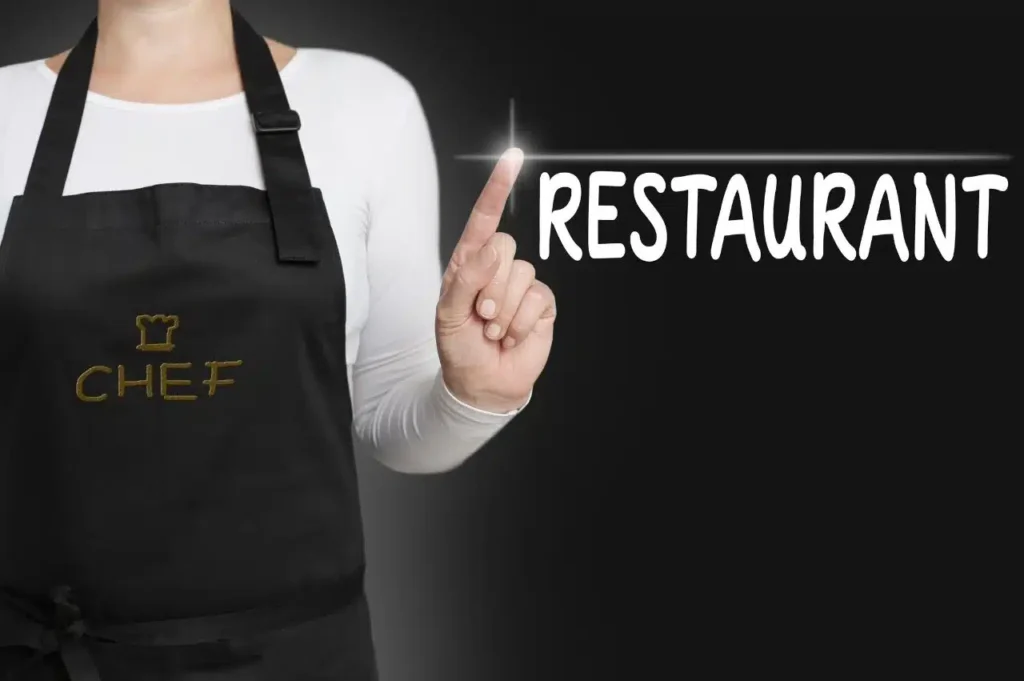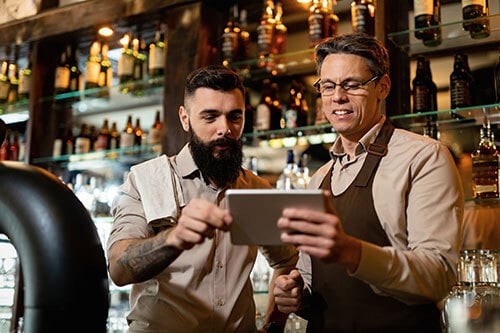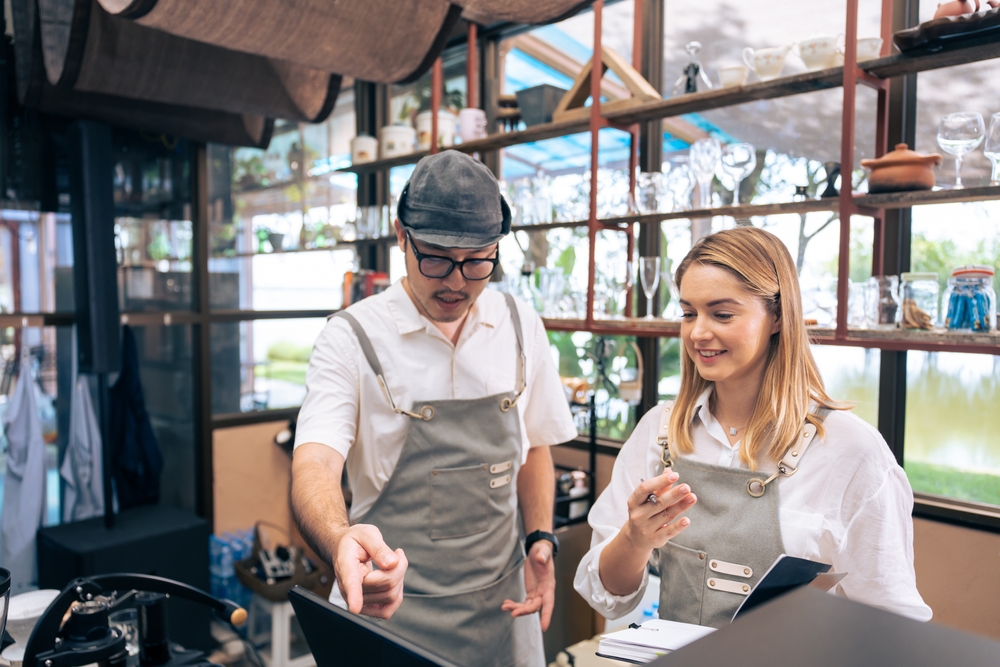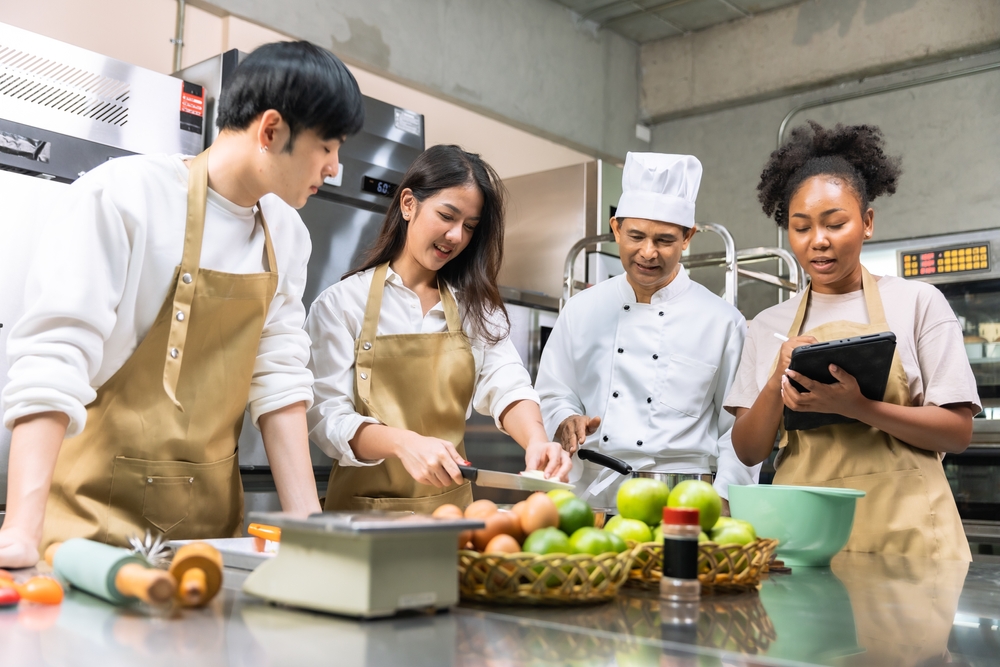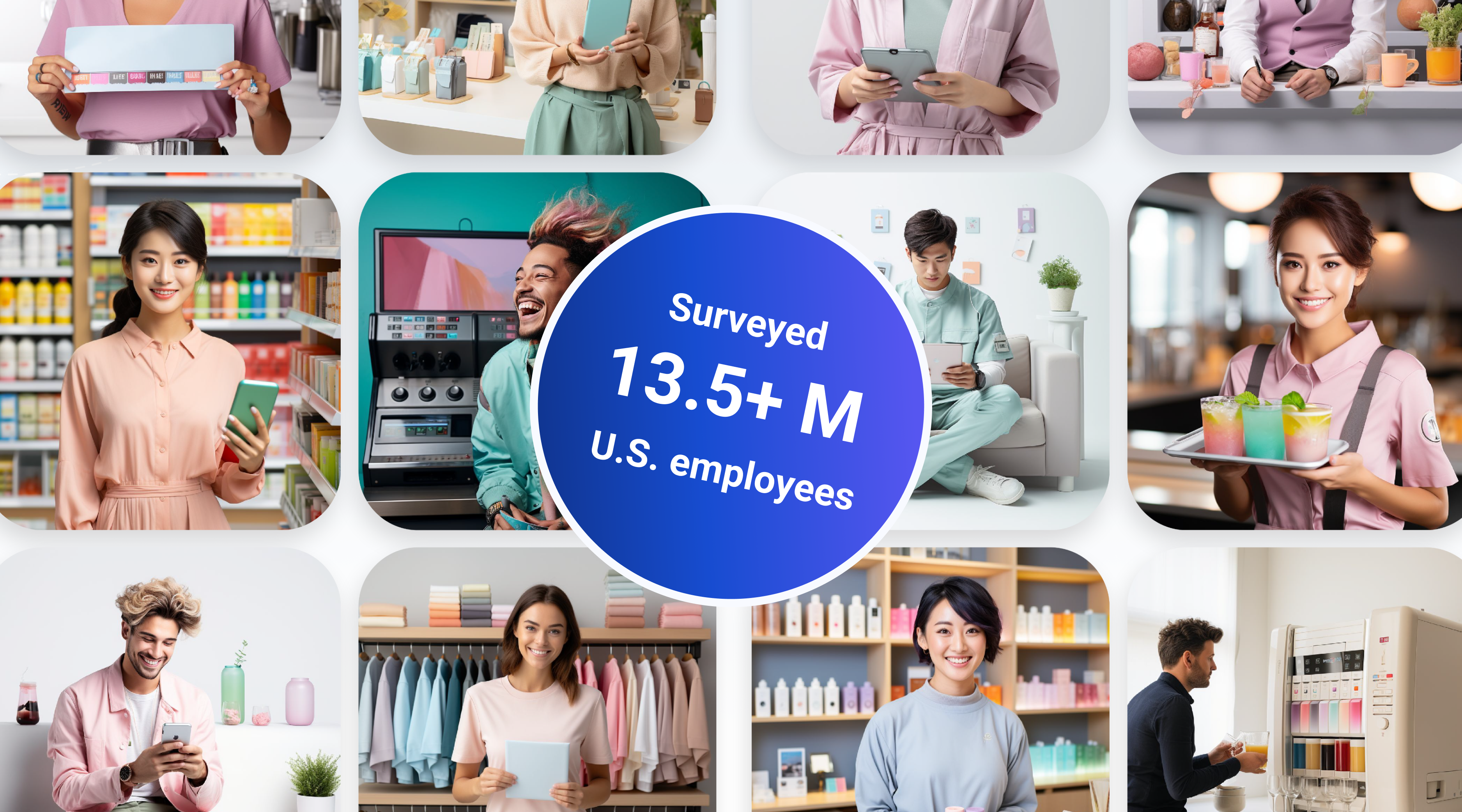How restaurants operate has transformed in the past two years. The pandemic and technological invasion have also affected the restaurant businesses, much like many other client-facing industries.
Now, after the pandemic has changed the way businesses and customers interact, hospitality establishments like restaurants are recommended to adopt new best practices to retain customers. This is a great opportunity for forward-thinking food and beverage businesses to make the needed changes in their approach help them stand out from the rest and become a crowd-puller.
Below are a few best practices to improve your restaurant operations.
Make Safety a Priority
33% of food lovers won’t return to a restaurant if they doubt its safety and cleanliness, says Deloitte. Additionally, 45% of consumers will choose your competitor if your eatery had a food safety incident in the past.
The coronavirus has made safety a priority for dining out. As a result, your establishment and operations can be transformed to meet this need..
Food safety ideas for restaurants:
- change the floor plan to provide more space between the tables
- contactless ordering, using a digital POS, with tablets affixed to tables
- keep ample sanitizers around in your establishment
- Include food safety training to your onboarding process. Make it engaging, memorable, and detailed, covering even the basics like hand washing
Take Advantage of Online Booking and Delivery
At one time, you had to call restaurants to book a table. In some cases, you may also have to stand in a long queue before you get your chance to order.
This traditional style of restaurant operation needs to be updated to suit modern businesses. You should create a website for your restaurant, or at least be sure to be listed to the online restaurant directories and upload your menu.
You can also include details about your location and let customers book a table or order takeaways online. This approach will allow more convenience as there is no calling and instant confirmation.
Moreover, you can partner with popular food delivery apps and provide home delivery. In many cases, this will be easier and cheaper than developing your own mobile app. as 57% of customers order from their mobile phones, as per Deloitte.
Having alternative your own delivery also means you don’t have to pay commissions to delivery apps.
Create a Clear Internal Communications Plans
Creating a precise internal communications plan allows you to develop an informed staff and instill your brand culture to each employee.
Additionally, your staff knows how to behave with customers and spread your brand message. Moreover, a communications plan creates room for feedback to improve your operations.
You may also look forward to benefits like ease of communication amongst your teams.
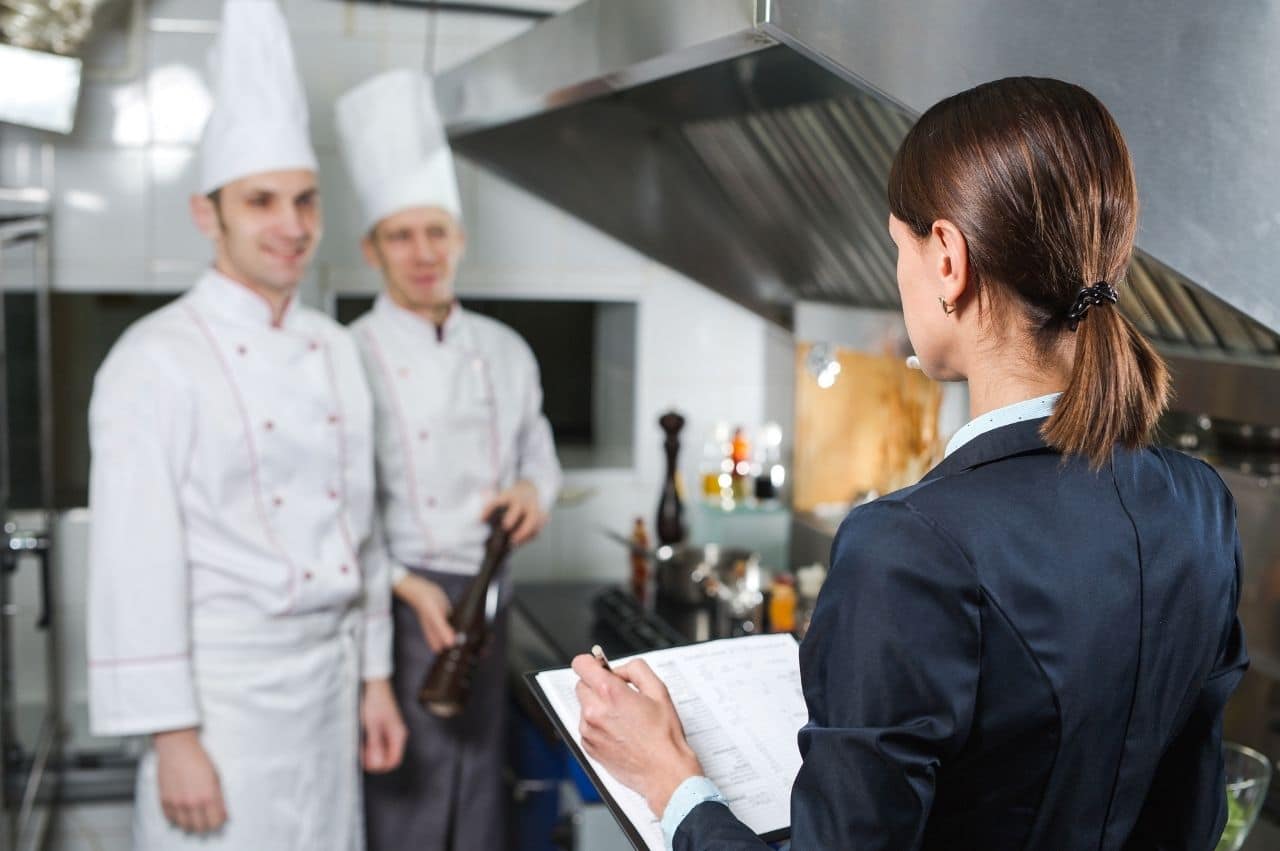
Train Your Staff to Boost Your Brand Value
Staff training is essential for the restaurant industry. There are various processes to cover under a training program, like making cocktails or greeting customers at the doors.
In addition, training teaches your workforce the right ways of behavior to extend to patrons. Moreover, Educating your employees develops skills like creative problem solving and leadership capabilities, shows research.
You can use modern technology like Bites to make training simple. You can create short videos and implement mobile training for anytime access and learning. Therefore, you can leverage the latest educational trends like microlearning to improve your learning outcomes.
Moreover, the tool is can be great for teaching restaurant processes like serving food, hygiene protocols, how-to videos for dishes, and any other operation for efficient on-the-job training.
As a result, your employees can manage their duties and learn at their convenience. Additionally, they can access the training videos from outside the office for additional mobility.
Ensure an Uninterrupted Supply Chain
COVID-19 has disrupted supply chains around the world. That is terrible news for the restaurant industry as it relies on a constant supply of fresh ingredients.
As a result, restaurant operators should make an effort to find reliable vendors to work with. They may also focus on local businesses so that distance may not hamper operations.
Additionally, you should assess your supply chain data to identify any potential disruptions. It will help you take timely action to meet future changes.
Moreover, stay in the loop with key stakeholders to remain updated on the current supply situation. You should find out if our vendors are expecting any change in supply amounts in the coming days.
In addition, have a backup plan if your supply chain faces a disruption.
Learn from Your Competitors
Every restaurant will have a long list of competitors. You can learn a lot from studying the most successful competitors and find out what they are doing right that you aren’t.
You may even pose as a customer and visit your competitor’s establishment for dinner. However, you should be observant about your surroundings and take notes to improve your operations.
You may keep an eye out for things like:
- The ambiance of the restaurant, like decor and lighting
- The floor plan and the arrangement of the furniture
- Entertainment provided at the venue like big-screen TVs, performance stage or a dance floor
- The waiting time between ordering and receiving your food
These observations will give you the clues to determine what you can change in your restaurant for the better.
Introduce Multiple Payment Methods
An average customer uses a range of payment methods today. Debit and credit cards are still popular, but so are digital payment mobile apps.
These apps have become too common, and most businesses already -accept them. The customer uses their mobile to pay their bill by scanning a QR code or entering your establishment details.
Best of all, customers don’t need to carry cash or even cards. Restaurants also don’t have to calculate or fiddle with giving back the change.
Most importantly, many customers choose to leave an eatery if it doesn’t accept digital payments. Therefore, accepting mobile payments may even attract more customers.
Additionally, you have a ready record of your transactions and daily earnings. It goes a long way to save your bookkeeping effort and costs.
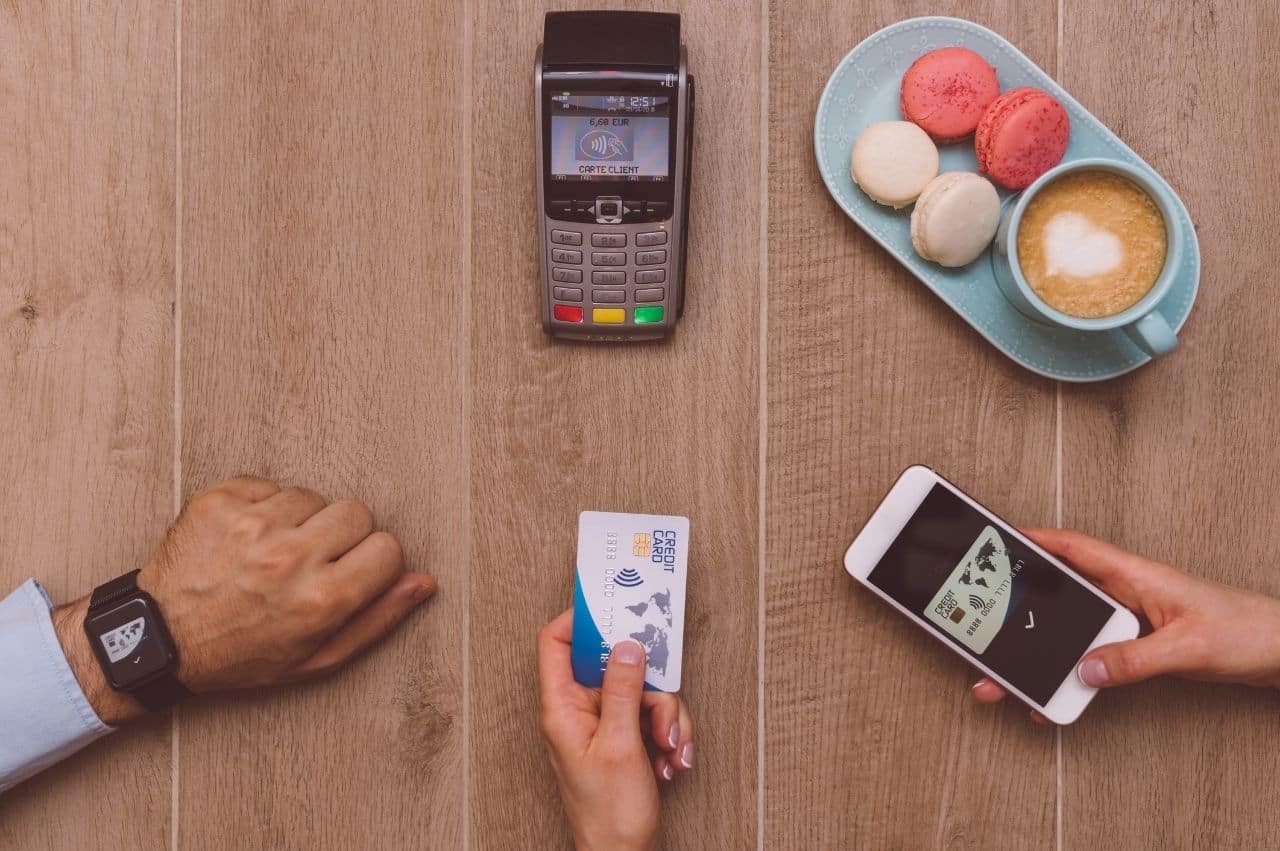
Make a Menu You Can Handle
Many entrepreneurs may get lured into creating an extensive menu just to get more customers. However, this idea may turn against you and your operations.
Moreover, you shouldn’t include more cuisines than you can efficiently serve.
The reason is that customers will place orders based on your menu. Now, they are more likely to get disappointed or upset when you say that item is not available.
Moreover, you will have to maintain an extensive inventory to accommodate all items on the menu. This can get expensive, and supply chain disruptions can become an issue, impacting operations.
Additionally, you will need chefs with specific skills for unique cuisines, which may demand higher wages.
So, keep your menu simple with items that are under your expertise.
Cut Down the Amount of Food Waste
Research shows around half a pound of food goes to waste across restaurants. This amount includes wastage by customers and raw materials sitting in the kitchen.
Simply put, restaurants don’t make use of all the resources they purchase. As a result, food wastage has become a serious problem in the restaurant industry.
It not only affects the poor but adds to your costs by adding unnecessary supplies. Surely, you would like to stop the waste and use the money for productive purposes, like growing your business.
You should spend a month or two observing how many customers and orders you receive on a typical day to collect the statistics for analysis. This will allow you to calculate the raw materials like vegetables and perishable items you should buy to stop any food waste.
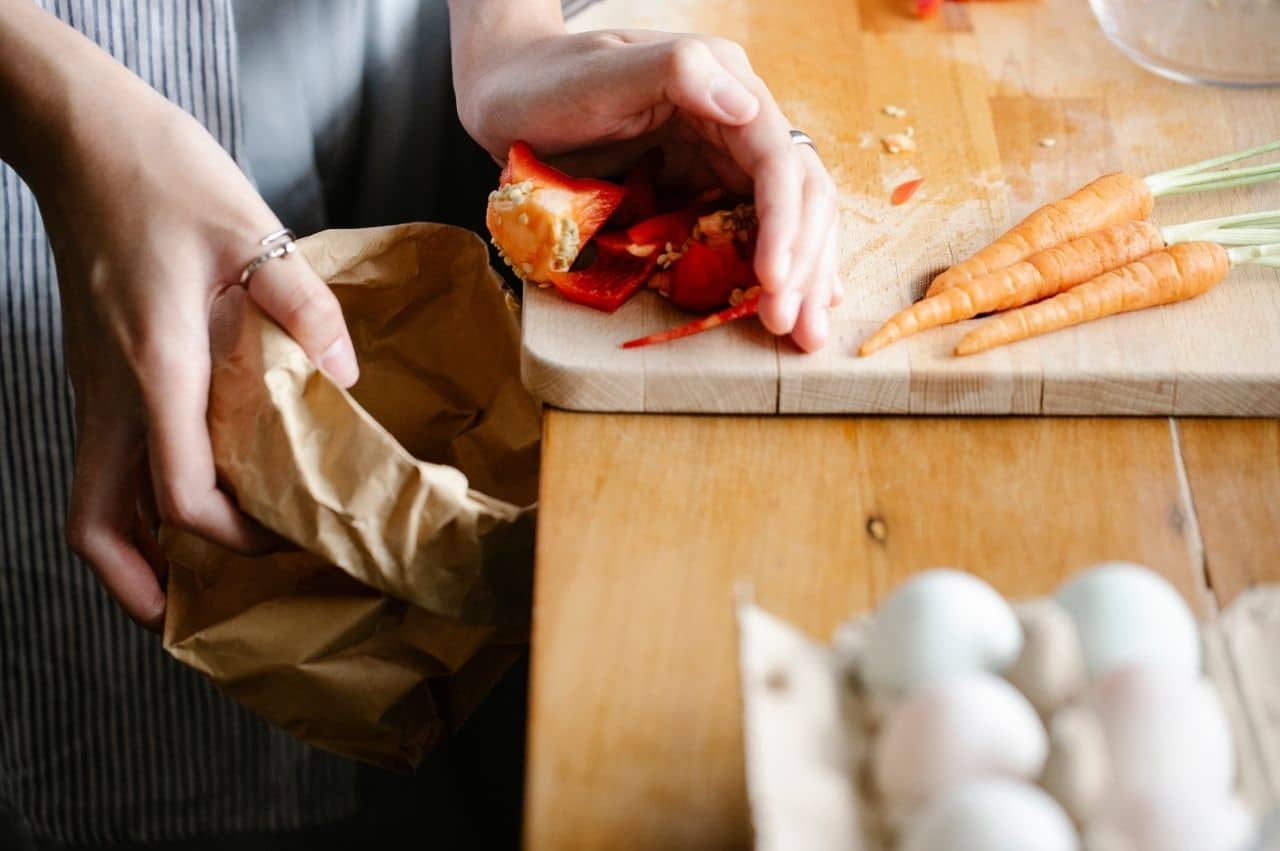
Create Your Presence on Social Media
Social media is the place to find food lovers who could become your customers one day. You should join the popular social media websites that your target customers frequent.
Next, you should create your professional page and ask people to follow it. Additionally, show off your foods, establishments, and any special events.
You may even go for a paid social media campaign to improve your exposure and collect more leads. Additionally, you can expect a boost in reputation.
Final Thoughts
Restaurants should use digital ways of doing business to improve operations. They should focus on the customer and try to provide personalized service. Additionally, create a well-trained and committed workforce that carries the legacy of your establishment forward.
